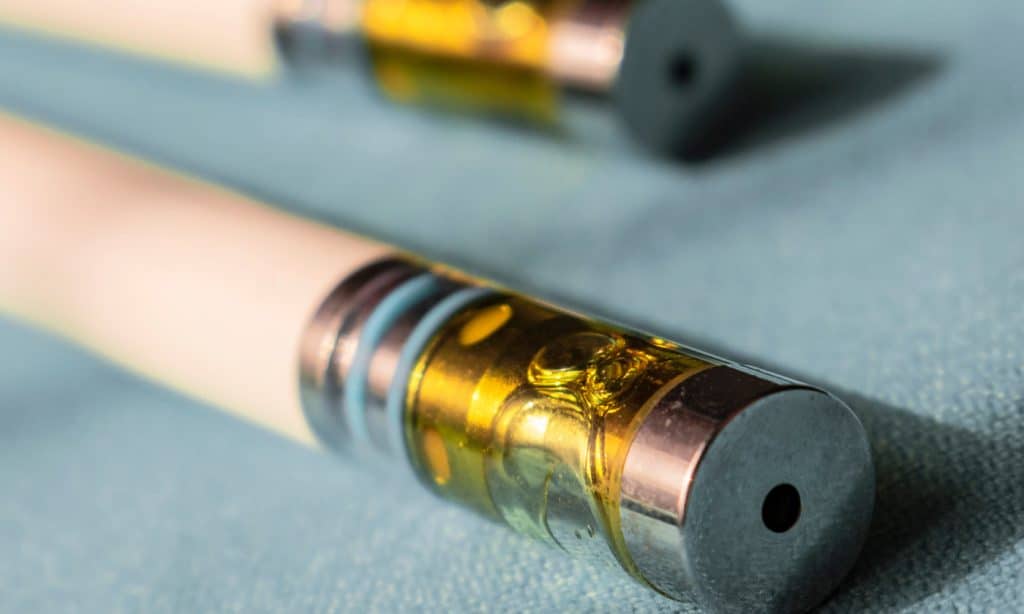The great race to become the World’s weed supplier
Companies vying to be the biggest cannabis producer in America or Canada are wasting their time and suffering from a crippling lack of vision. The real play is to make a bid to become the worldwide leader in global cannabis exports — like firms in Jamaica and Lesotho as well as Canada are attempting to do — and the window of time to get in is closing fast, according to one entrepreneur with clear-cut plans to curb that market.
Though recreational cannabis is now available in two countries, medical marijuana is legal in about 50 and not every country produces adequate supply to fulfill domestic demand. Over the long-term, the thinking goes, cannabis will become like any other agricultural commodity and production will shift to the locale where costs are lowest. But so far, the limited export game has been dominated by a few players, most of whom are either occupying a very limited lane or banking on the future.
An example of the former, Bedrocan in the Netherlands, produces cannabis solely for the government authority, which then exports most of it to Germany. Bophelo Bioscience and Wellness, a startup recently acquired by a Canadian-firm and based in tiny Lesotho, the first country in Africa to legalize cannabis, is an example of the latter. Somewhere else is a company like Fotmer Life Sciences in Uruguay, which is hoping to supplant both.
The world’s most popular illicit drug, cannabis boasts at least 263 million users worldwide, according to a New Frontier Data estimate, who in turn consume $340 billion worth annually, most of which is still on the underground market. At the moment, with so few legal companies producing cannabis and even fewer exporting, it’s a seller’s market. That state of play — flux, uncertainty, opportunity — will last only about another five years, said Jordan Lewis, an American entrepreneur who is Fotmer’s CEO.
Fotmer was in the news much last week as the company prepared its first shipment of export cannabis: 22 pounds, headed for medical cannabis patients in Australia. After that, Fotmer hopes to start competing with Bedrocan and begin shipping cannabis flower and oil to Germany, with up to 220 pounds or so per month headed out of the country to global customers, as he told Reuters.
Most of that will go to Europe, which “right now represents the single largest market in the next five years,” Lewis told Supplychainbrain.com.
The window for producers to charge high prices, before a reliable global supply floods the market, is now through 2024, he added, with high THC oils and plants to preserve their value longer than CBD products.
The modest first shipment is a tiny fraction of the company’s capacity. Fotmer currently has government approval to produce up to 10 tons of flower and 5 tons of oil, said Lewis — who added that he’s asking the Uruguayan government to allow him to grow 15 times that, in order to curb that global market. (He’s also shopping for a “large strategic partner” to provide the estimated $60 million of start-up capital needed to grow all that cannabis.)
If Lewis is right and producers in other companies join in, Fotmer may be well positioned to remain competitive, an outlook shared by other analysts. As New Frontier Data noted in a global market analysis released earlier this year, South America is considered a future hub for cannabis production thanks to an agreeable climate and low labor costs.
If countries decide that domestic suppliers are preferable and throw up tariffs, Lewis’s play could disappear. Or perhaps the best praxis is to play off of the incredible hype around the cannabis industry and get acquired. The point is that in a world obsessed with the next big thing, cannabis is very quickly approaching critical mass, and entrepreneurs are slowly catching on.


